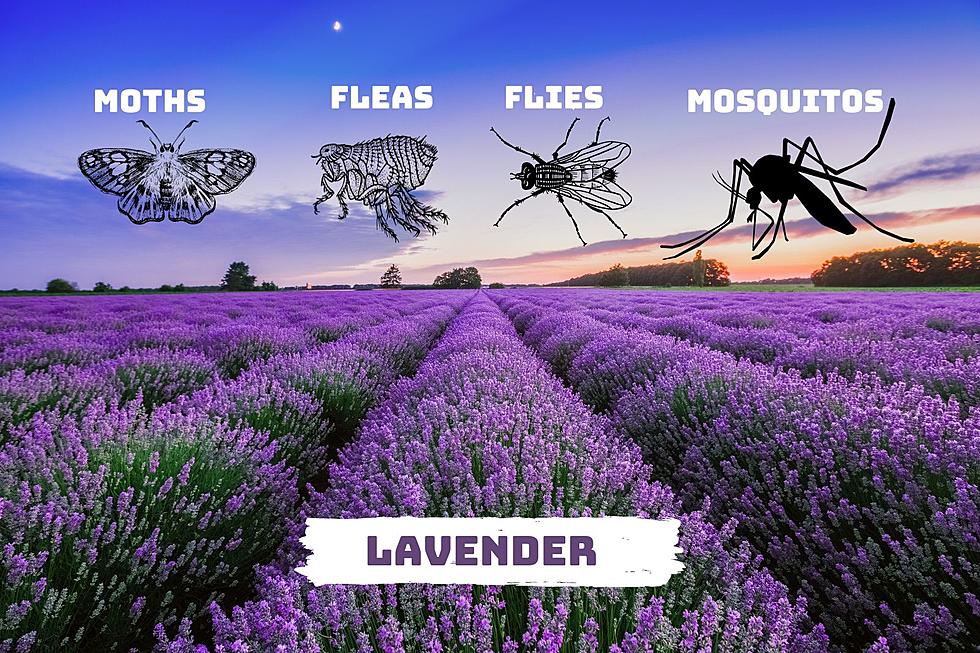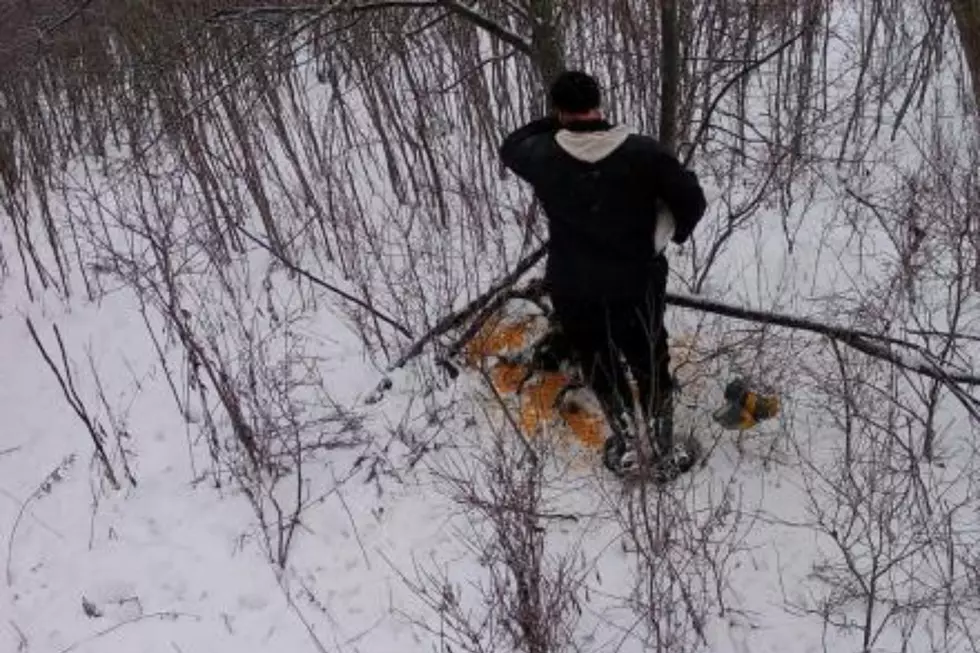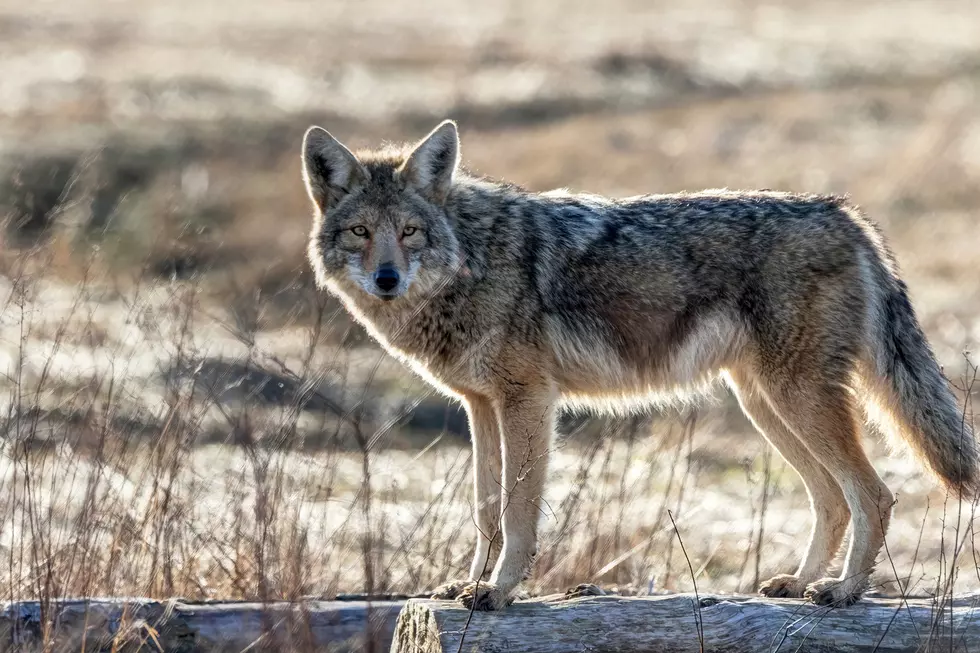
Tips On Choosing A Fresh ‘Real Christmas Tree’ And Keeping It That Way – AG Matters
Much to my wife's chagrin, I'm a real Christmas tree guy. It's a must for me and has been since I was a kid. Plus it gives the cat a new place to sleep not mention all the shiny things to bat around. Cornell Cooperative Extension offers some tips on choosing a fresh pre-cut tree and keeping it that way throughout the holiday.
Two Cornell University experts who work closely with New York Christmas tree producers offer a few tricks for picking and preserving the perfect tree.
Elizabeth Lamb has a Ph.D. in plant breeding and is a senior extension associate with the Cornell Cooperative Extension’s New York State Integrated Pest Management program. She says "last year's winter was hard on some trees."
“The fresher the tree the better, which is a good reason to buy local. The branches should be springy and smell good. A few loose needles aren’t a problem but you shouldn’t get handfuls when you brush the branches.
Brian Eshenaur is a plant pathologist, specializing in plant diagnostics and is a senior extension associate with the New York State Integrated Pest Management program. He says the keep the water flowing to the tree to keep it fresh.
When you bring it home recut the trunk if you can, especially if you think the tree has spent some time on the tree lot and the cut stump looks dry and dirty. That way you’re sure to have open ‘pipework’ to keep the water flowing which will keep the needles fresh.”
Here some more tips for selecting the best Christmas tree:
- Don’t be afraid to handle and bend the branches and shoots. Green needles should not come off in your hands. Also, the shoots should be flexible. Avoid a tree if the needles are shed or if the shoots crack or snap with handling.
- Look for a tree with a good solid green (or blue green for some species) color. Needle yellowing or a slight brown speckled color could indicate there was a pest problem and could lead to early needle drop.
- Christmas trees should smell good. If there isn’t much fragrance when you flex the needles, it may mean that the tree was cut too long ago.
- If possible, make a fresh cut on the bottom so the tree’s vascular tissue (pipe work) is not plugged and so the tree can easily take up water. Then, if you’re not bringing it into the house right away, get the tree in a bucket of water outside.
- Once you move your tree inside the house, don’t locate it next to a radiator, furnace vent or other heat source. And always remember to keep water in the tree stand topped off, so it never goes below the bottom of the trunk.
New York growers are producing a wider variety of trees compared with past years. You'll find firs such as Fraser, Balsam, Douglas and the bluish tinted Concolor fir. Spruces and old-fashioned pines can also be found. Each variety tree offers its own shape, color, fragrance, and branch stiffness for holding needles.
SOURCE: Cornell Cooperative Extension
More From Big Frog 104









